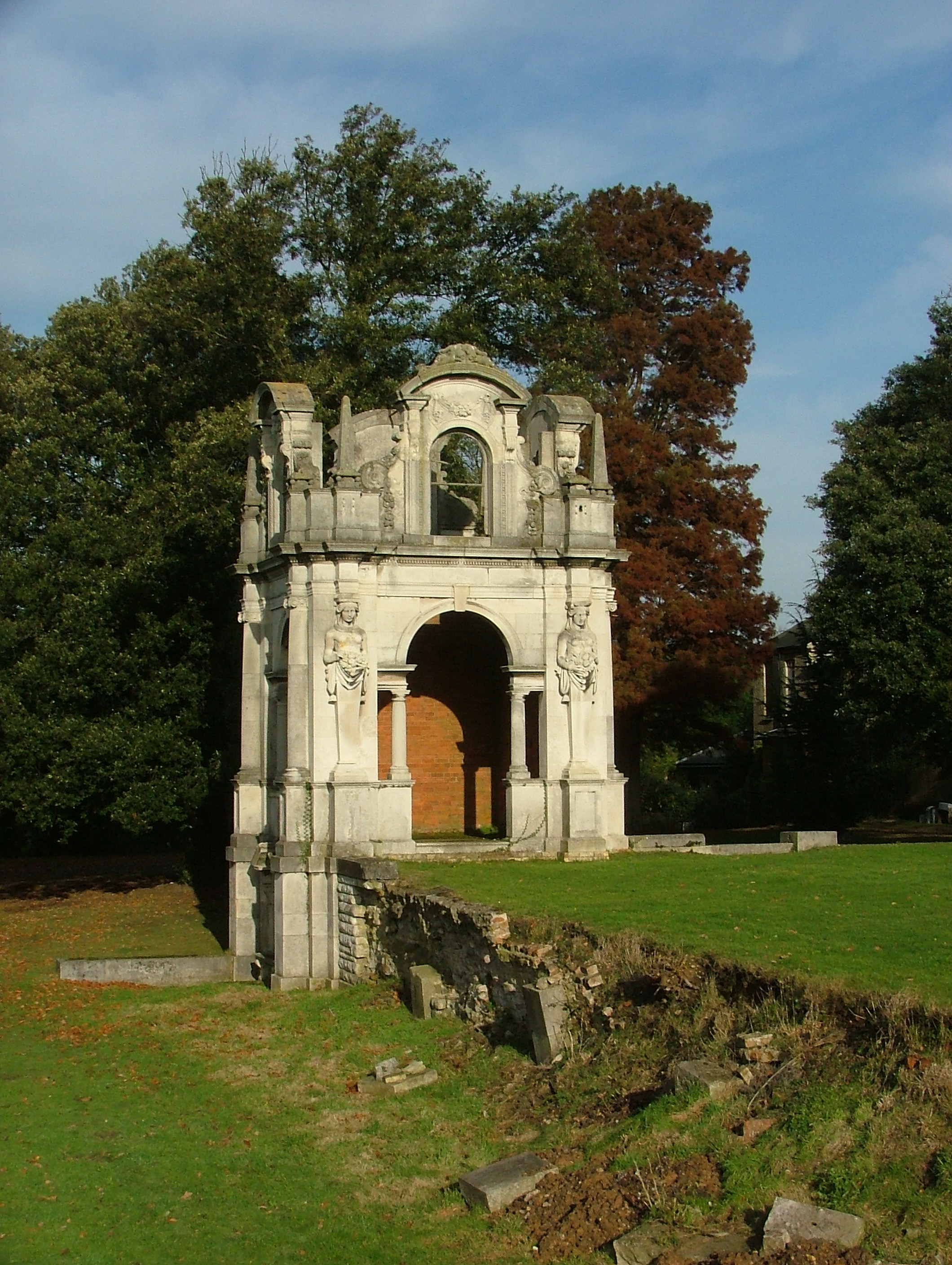-
English Heritage and the National Planning Policy Framework
 On the 27th March the National Planning Policy Framework (NPPF) was launched. This introduction meant the replacement of a substantial number of Planning Policies and Guidance replaced and merged into one document. The purpose was to bring a range of policies under one overarching policy and simplify the planning system.
On the 27th March the National Planning Policy Framework (NPPF) was launched. This introduction meant the replacement of a substantial number of Planning Policies and Guidance replaced and merged into one document. The purpose was to bring a range of policies under one overarching policy and simplify the planning system.As part of this English Heritage are offering half day seminars to industry Professionals, Amenity Societies and Local Authorities to assist with the transition from Planning Policy Statement 5 – Planning for the Historic Environment (PPS5). On the 10th May Dayle Bayliss attended one of these seminars to get an over view of the English Heritage perspective.
In summary the NPPF in its forward sets out that ” Sustainable Development is about a change for the better, …… Our Historic Environment – buildings, landscapes, towns and villages – can be better cherished if their spirit of place thrives rather than withers.” It is then further explained in Para 6 “The policies (p18-219) taken as a whole, constitute the Government’s view of what sustainable development is in England and means in practice for the planning system. English Heritage explained that therefore a proposal that fails to adhere to the historic environment policies is therefore not sustainable development.
Within the NPPF a number of key definitions are used, there are no significant changes from the PPS5, the terms retained are the conservation, significance, heritage asset, setting, archaeological interest and historic environment record (HER). English Heritage state that this allows the same unified approach that the PPS5 took to the conservation of significance whether for listed buildings consent planning permission or conservation area consent.
The NPPF sees a change from the PPS5 in that there is no longer an express presumption in favour of conservation of designated heritage assets, instead the presumption is in favour of sustainable development. This is a development that meets the objectives of the policies of the NPPF as a whole. There are 12 key principles set out in Para 17, and one of these principles is to deliver heritage asset conservation. The principle of conserving heritage assets is one that is given ‘great weight’ throughout the NPPF.
The fact that it has only been a few years since the PPS5 was introduced it allows the ideas and principles to be translated to the new NPPF, as previously mentioned may of the key definitions remain similar. To assist with this transition English Heritage have produced two documents to outline this comparison. Part 1 looks at the direct comparison of the PPS5 policies with the NPPF, whilst Part 2 looks at areas of the NPPF not previously within the PPS5.
Within the NPPF ‘great weight’ is given to key principles, this includes outstanding and innovative design and conserving landscape and scenic beauty are some of these.
Within the seminar there were discussions on the term public benefit and how is this is to be judged and interpreted. Areas such as wind farms give a public benefit but what if this is to the detriment of a heritage assets and its setting. It is believed that the determination of public benefit will definitely be open to interpretation and the subject of appeals in the future.
The key summary of the NPPF and former policy was summarised by English Heritage by the following:
Understanding policy and applying it can be challenging. Very succinct policy sometimes leaves the reader with some uncertainties about how they can best achieve the desired outcome.
PPG’s 15 and 16 contained policy, guidance and information
PPS5 contained largely policy but some guidance
NPPF is just policy
It is this transition that appears to be leaving questions to the Local Authorities, but in principle it allows Local Authorities to develop the guidance that they require and empower localism.
English Heritage are continuing to run further half day seminars, but for those that cannot attend there is also a video presentation with commentry available from English Heritage by clicking here.
The NPPF is definitely something that will develop understanding on implementation over time and offers opportunities to the built environment. We always welcome your comments or discussions on challenges and future projects, please email us for more information or discussion.





